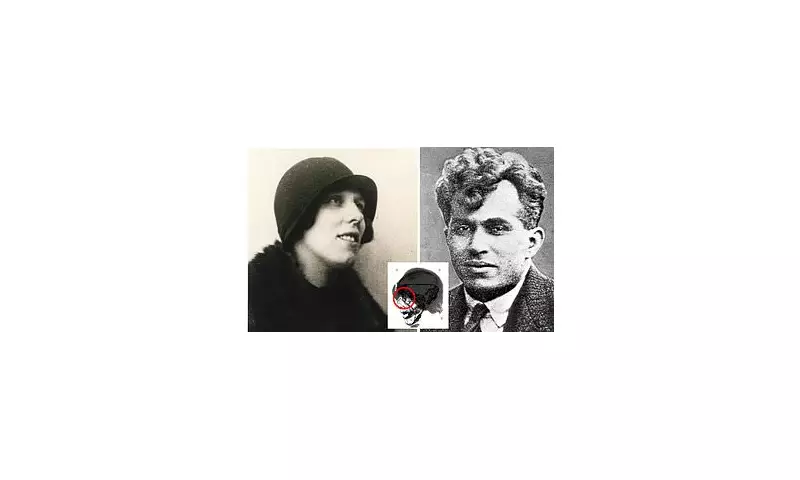
The Grisly Crime That Changed Forensics Forever
In September 1935, a horrific discovery in the Scottish borders would lead to one of the most significant breakthroughs in forensic science. The case of Dr Buck Ruxton, a respected Lancaster physician, shocked the nation when he brutally murdered his wife Isabella and their housemaid Mary Rogerson.
A Doctor's Deadly Secret
Behind his respectable facade, Ruxton was a jealous and violent man. After suspecting his wife of infidelity, he strangled her in their home before killing their 20-year-old housemaid who had witnessed the crime. What followed was even more chilling.
The Jigsaw Murders
Ruxton meticulously dismembered both bodies, removing identifying features including teeth and eyes. He then scattered the remains across the Scottish countryside near Moffat. When discovered, police faced the daunting task of identifying the 70 body parts.
Forensic Breakthroughs
This case became pivotal for forensic science:
- First use of photographic superimposition to identify victims
- Pioneering work in tissue matching
- Landmark study of maggot activity for time of death
- Innovative techniques for reconstructing dismembered bodies
The Trial That Captivated Britain
Ruxton's trial at Manchester Assizes became a media sensation. Convicted largely on forensic evidence, he was hanged at Strangeways Prison in May 1936. His final words were reportedly "Gentlemen, I protest my innocence."
A Lasting Legacy
The Ruxton case established principles still used in forensic pathology today. As one investigator noted, "We had to literally piece together the evidence - it was like solving the world's most gruesome jigsaw puzzle." The techniques developed during this investigation would go on to solve countless crimes in the decades that followed.





